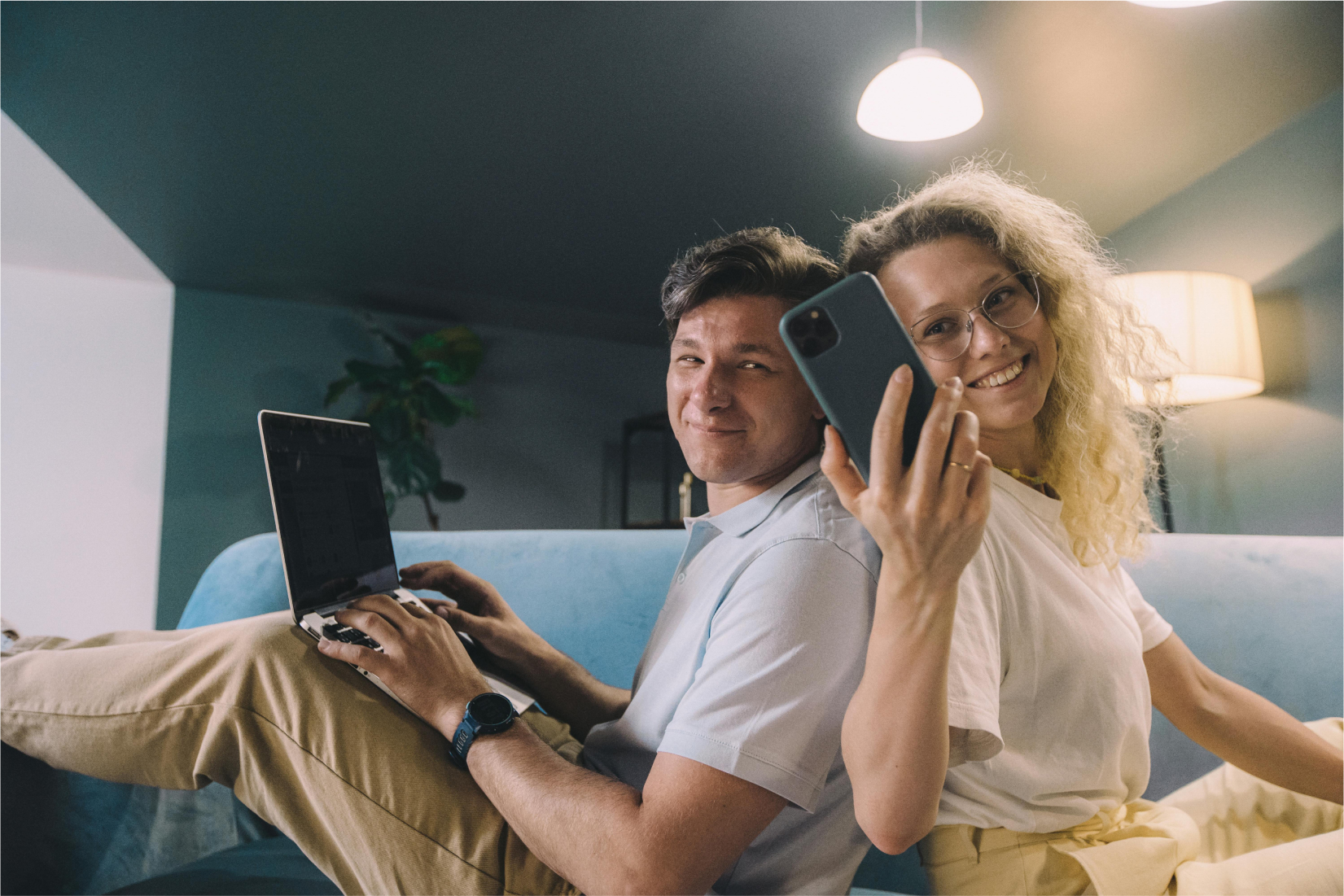Interaction design focuses on creating engaging interfaces where users can achieve their goals intuitively. One of the most critical steps in this process is prototyping—building interactive models of your design to test and refine ideas before development.
What Is Prototyping?
A prototype is a preliminary version of a product that simulates its look and behaviour. It can range from low-fidelity wireframes to high-fidelity interactive mockups that mimic real user experiences.
Why Prototyping Matters
-
Early Validation: Identify usability problems before costly development begins.
-
Improved Communication: Prototypes bridge the gap between designers, developers, and stakeholders by visualising functionality.
-
User Testing: Real users can interact with prototypes to provide feedback, helping refine the design.
-
Iteration: Rapid prototyping encourages continuous improvements based on actual data.
Types of Prototyping
-
Paper Prototypes: Quick sketches to test basic concepts.
-
Low-Fidelity Digital: Wireframes focusing on layout and flow, without detailed visuals.
-
High-Fidelity Prototypes: Detailed, interactive designs resembling the final product.
Best Practices
-
Start simple; don’t overcomplicate early prototypes.
-
Focus on key user flows.
-
Incorporate user feedback to iterate quickly.
-
Use tools like Figma, Adobe XD, or Axure for digital prototyping.
Conclusion
Prototyping is a vital tool in interaction design. It reduces risk, improves collaboration, and helps build user-centered products. By prototyping early and often, designers create more effective, satisfying digital experiences.







